Each system segment is further defined as follows:
(1) Domains of Actors & Actions
The system is constructed in content-specific modules and organized into four distinct domains:
Cyber-IR, defined by layers of the Internet and levels of analysis in international relations, also includes structures, functions, and processes at the intersection of the two areas.
Governance & Institutions, represent the operational features of authority systems with supportive properties and mechanisms designed to stabilize structures and functions embedded in and surrounding the Cyber-IR domain.
Conflict & War, captures system-threats, spanning the sources and consequences of multiple pressures that undermine the security and resilience of the joint Cyber-IR system whole or parts.
Cybersecurity & Sustainability, captures cyber-driven threats, modes of response & their various features, as well as the support for and threats to system stability & resilience over time.
(2) Dimensions of Actors & Actions
Each domain is framed and differentiated in terms of four characteristic features, each distinctive in its own right:
System State – characteristic features and properties of the domain in its “as is” state.
System Problems – manifestations of recognized, anticipated, simulated, or other aspects of problems surrounding or embedded in the system state.
Scientific & Technological Solutions & Strategies – including formal and informal efforts, initiatives, regulations, and policies in response to system problems.
Socio-Economic & Political Solutions & Strategies – including formal and informal efforts, initiatives, regulations, and policies in response to system problems.
(3) Intersections
The intersection is the content of the knowledge “space” at the juncture of individual domain and dimension features that represent more focused or detailed knowledge about system properties.

